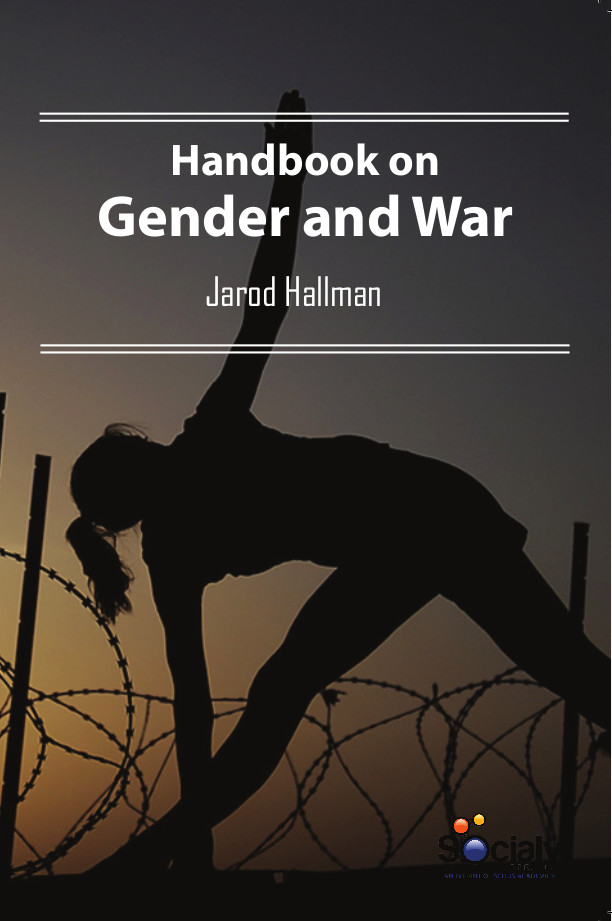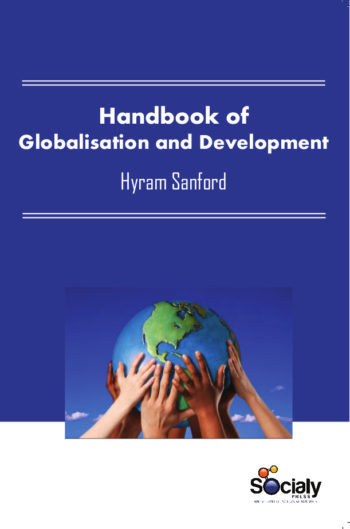The First World War was a cataclysm that disrupted countless lives. As a modern, total war, it brought men and women into active battle zones across Europe as well as in parts of Africa and Asia. Women could support the military effort and the nation’s men in uniform as nurses, female military auxiliaries, ambulance drivers, farm workers, and factory laborers as well as in many other occupations, something evident in many of these documents. Despite the diversity of gender and of war separately, gender roles in war are very consistent across all known human societies. So to help overcome soldiers’ reluctance to fight, cultures develop gender roles that equate “manliness” with being tough and being able to stay tough under fire. Across cultures and through time, this gender division that selects men to fight and women to serve in support roles has influenced gender in a profound way. These gender roles have helped shape the war system. In turn, the pervasiveness of war has influenced gender in profound ways, particularly in the way we enforce gender norms in child rearing. Nonetheless, gender does not decide whether or not a person is an outsider of war. In other terms, women have always involved in war. We can distinguish diverse roles such as camp followers, nurses in combat, soldiers, and finally as housewives waiting for the men back home. Some of these roles have serves as a support to war and militarism. But gender is not merely a social construct; it also carries messages of power. The association of peacekeeping and conflict resolution with women is pernicious because it opens the door for a denigration of these strategies. Not surprisingly, there is resistance against the feminization of militaries, a sentiment that women and peacekeeping undermine combat capabilities, that soldiers cannot be both warriors and peacekeepers.
Handbook on Gender and War presents an inclusive overview of the relationship between gender and war, revealing the conduct of war, its impact, consequences and disagreement to it. Contributing complicated theoretical insights and pragmatic research from the ancient World War to contemporary conflicts around the world, this Handbook will focus on how war affects both men and women, particularly due to prescribed gender roles enforced by the cultural, societal, economic and political systems under which we live.
The Handbook focuses on the studies from a wide variety of disciplines and will be of importance to scholars and researchers in the fields of gender and sexuality, international relations, sociology, peace and conflict studies and cultural studies.










